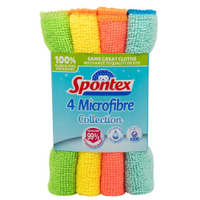How to get rid of dust in your home: 10 simple tips for a cleaner space
Our easy guide on how to get rid of dust in your home will help create a cleaner environment for everyday living
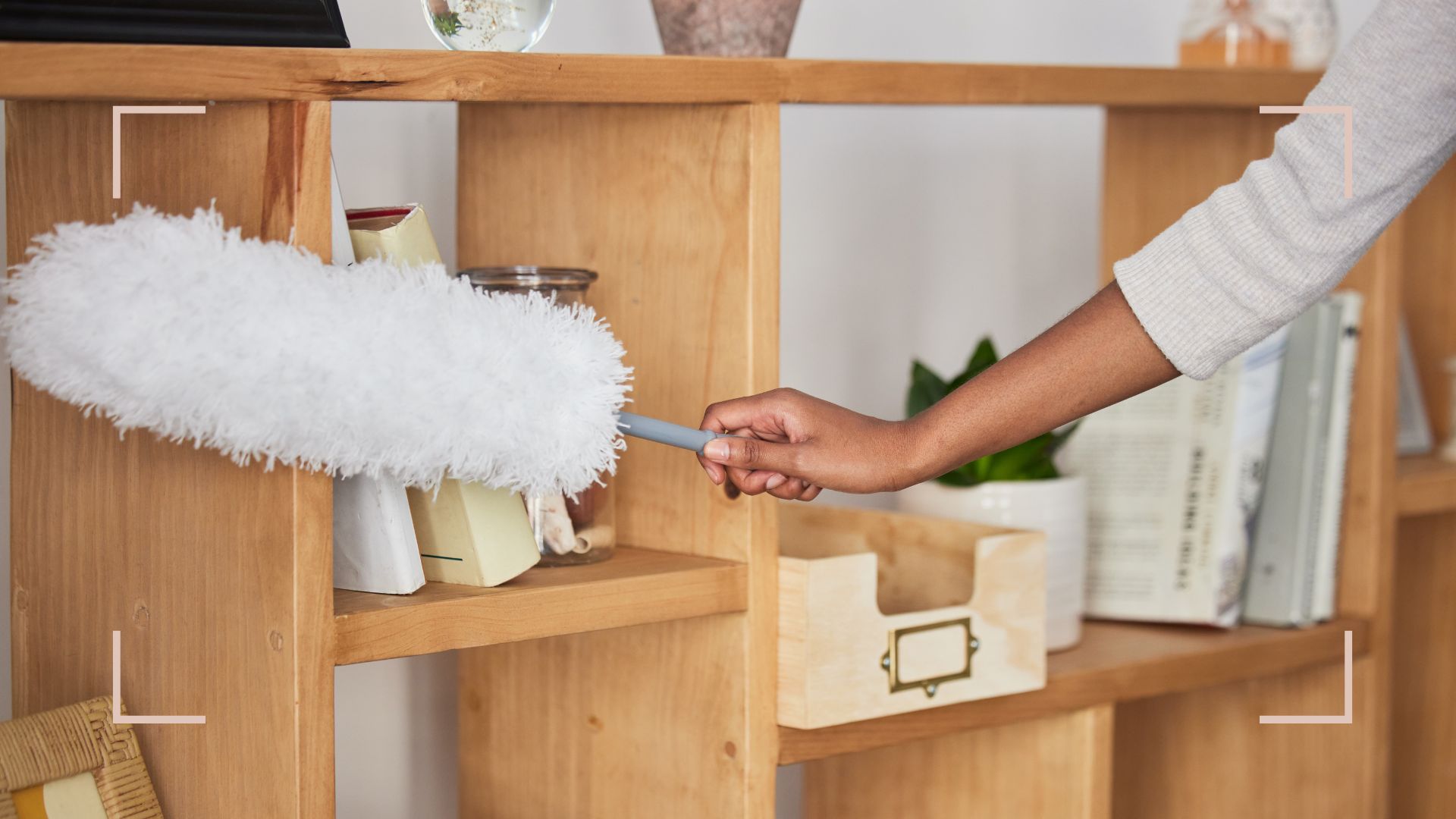

Tamara Kelly
The one thing every household has in common is dust and how easily it can build up. Knowing how to get rid of dust effectively in your home will not only make your space look and feel cleaner, but it can also play an important role in the better health and well-being of everyone who lives in your house.
It's easy to feel overwhelmed by daily dust levels, no matter how much you reduce dust in your home. Learning how to get rid of dust is a simple step you can take toward a cleaner indoor environment, for improved indoor air quality and improved overall health because indoor pollutants can actually be up to five times higher than they are outside.
Eliminating dust is an ongoing process – one that includes regular attention and using one of the best vacuum cleaners but by following these 10 basic steps you can get on top of it without too much effort.
How to get rid of dust in your home: 10 expert tips
Avoid the most common dusting mistakes by following these expert-approved cleaning methods to help eradicate all traces in your home.
1. Use a damp microfiber cloth
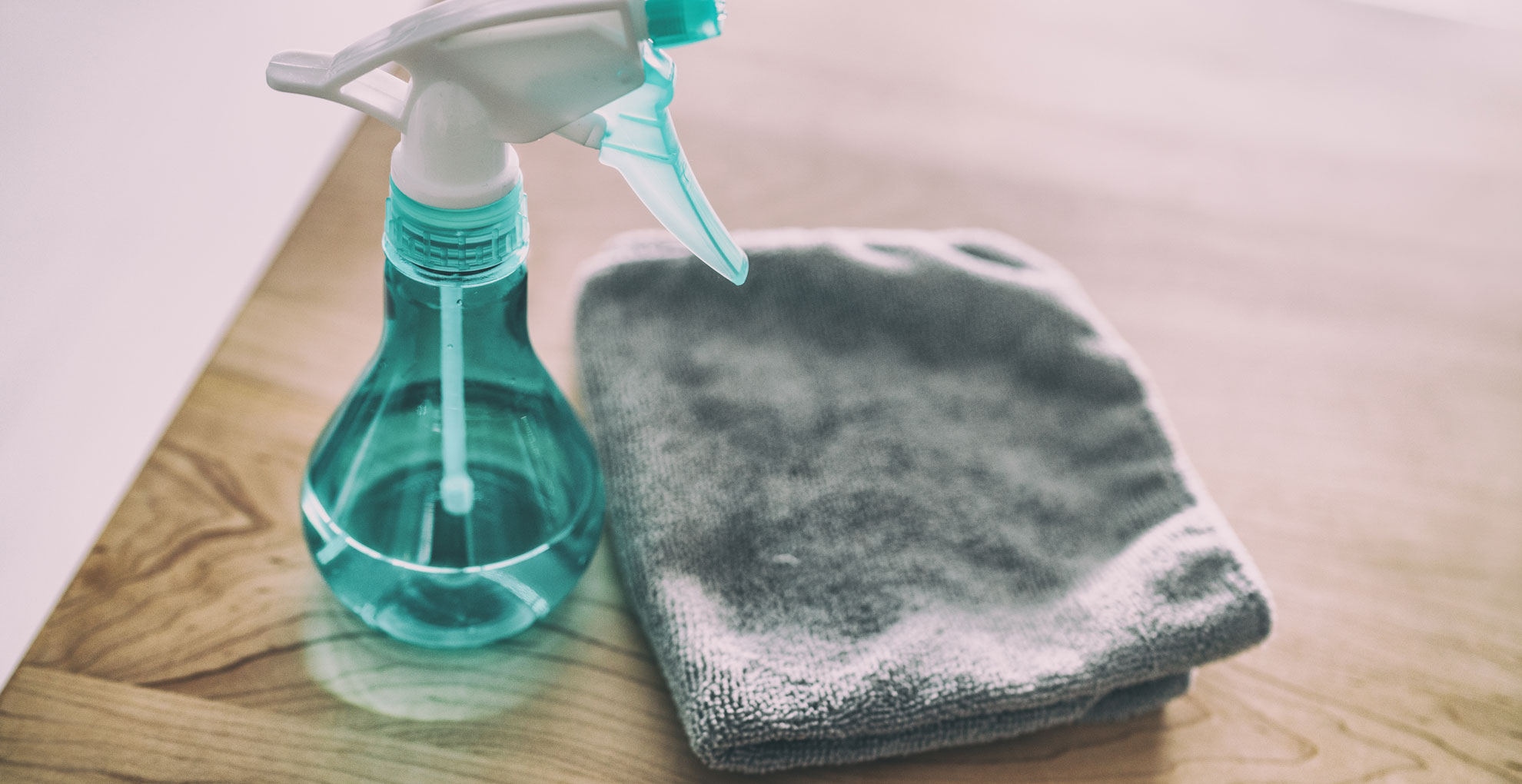
A clean microfiber cloth, preferably damp does a great job of holding dirt, so use one of those to wipe down your furniture, windowsills, lamps, decorative items, and anywhere else that dust accumulates. This can be done every few days or every week at least, but you could even quickly do it in selected spots daily to keep on top of things.
A damp cloth is a much-favoured cleaning hack for getting rid of dust most effectively, as Ivan Ivanov, a cleaning expert at End of Tenancy Cleaning explains: "Using a damp cloth over a dry one is the most important facet of dusting. A dry one just disperses dust particles into the air. A damp cloth collects all the dust with ease."
Microfiber cloths can be used for all sorts of cleaning tasks, from dusting and cleaning floors to kitchen cleaning or cleaning windows, glass and tiles. And there are several other useful tools available as well, including washable dusters with extendable handles, to help you reach ceiling fans, shelves, and blinds.
Sign up for the woman&home newsletter
Sign up to our free daily email for the latest royal and entertainment news, interesting opinion, expert advice on styling and beauty trends, and no-nonsense guides to the health and wellness questions you want answered.
You can also use your soft, damp cloth to carefully wipe the dust off when cleaning plant leaves on your houseplants.
Spontex Microfibre Cloths, Pack of 4, £3.99 at Amazon
This array of rainbow bright coloured cloths are super absorbent multi-purpose microfibre cleaning cloths that can bring cheer as you tackle your chores.
2. Deep clean carpets and rugs

When tackling how to clean hard floors, it's much easier to keep dust-free, but rugs and carpets hold on to a lot of dirt and therefore need extra care and attention when cleaning to get rid of dust.
If you happen to have a lot of carpets in your home, the best tip is to buy a strong vacuum, preferably one of the best cordless vacuums for extra ease. “You should vacuum once a week to keep them clean," Ivan advises. "Every three months, you should then think about how to deep clean the carpet or hire a carpet cleaning machine to avoid soaking and damaging the carpet."
"Don't be afraid to vacuum more often than once a week though; pet owners especially should consider vacuuming more frequently. Our furry friends bring in germs and bacteria from the outside, so consider upping your vacuuming amount. ”
3. Tend to cleaning window treatments

Curtains, blinds, and any other type of upholstery can accumulate unexpected amounts of dust and it's all too easy to forget to regularly clean these areas. Curtains often require more maintenance than blinds, but they still need to be factored into your cleaning routine to get rid of dust effectively in your home.
"The best way to de-dust your curtains is by using a vacuum and running it from the top to bottom of the fabric so that dust is moved to the floor, where it can be vacuumed, rather than back into the air," advises Sophie Moore, a window treatment expert at Unbeatable Blinds. "It is essential to get your curtains dry-cleaned once a year too, as this can help reduce dust build-up.
“The best way to clean blinds is to dust them regularly using a microfibre cloth or feather duster," Sarah explains.
4. Invest in an air purifier
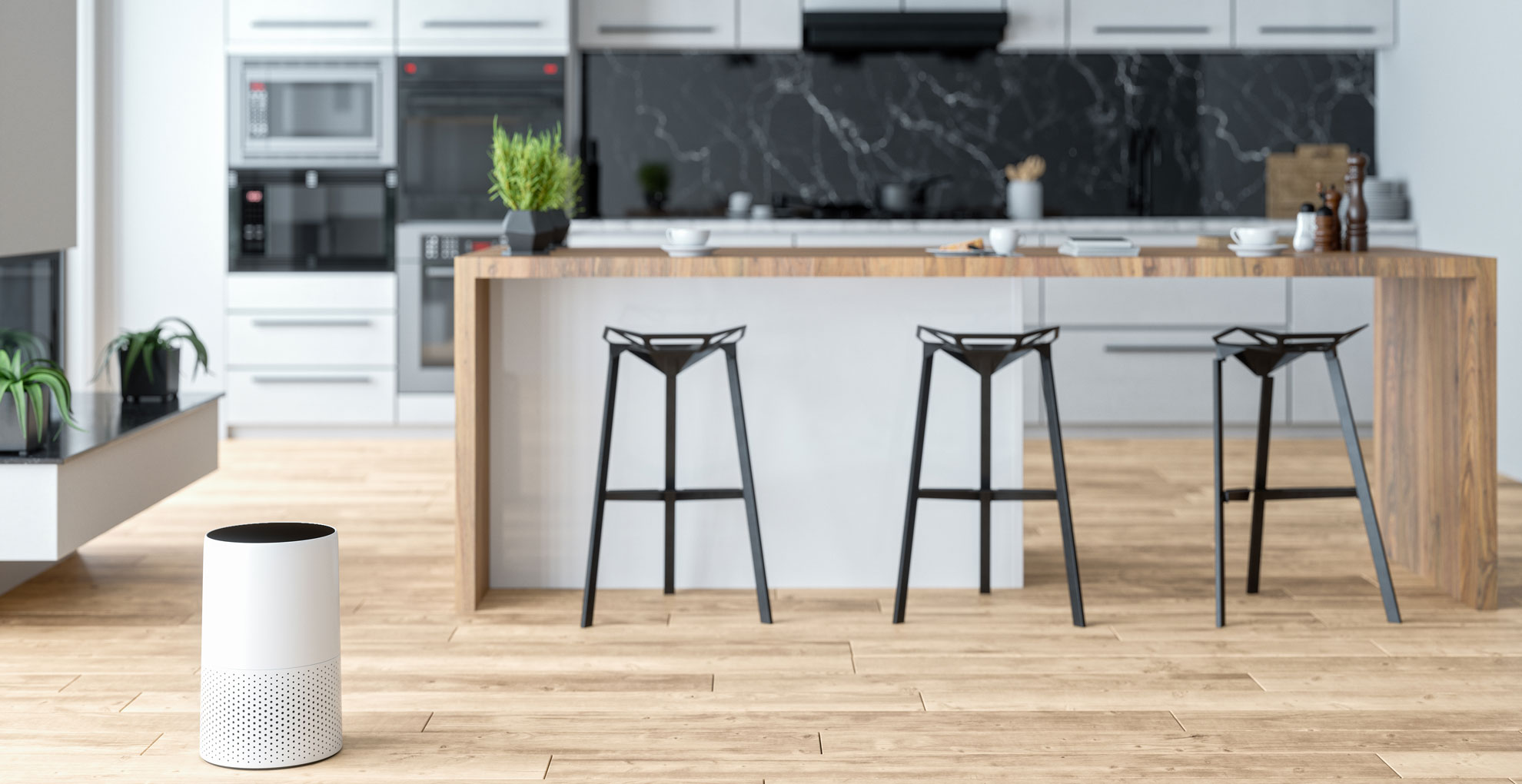
There are many benefits of an air purifier in the home. Air purifiers work by using a fan to suck the air from your home, drawing it through high-efficiency particulate arrest (HEPA) filters and trapping particles, before recirculating the particle-free air back into the room. This means that they're one of the best options if you're looking for tips on how to get rid of dust, as it works on particles you can't even see yourself.
The best air purifiers are available in a wide range of sizes, prices, shapes, and colors, so you can find one that meets your needs, as well as something that fits in with your home decor.
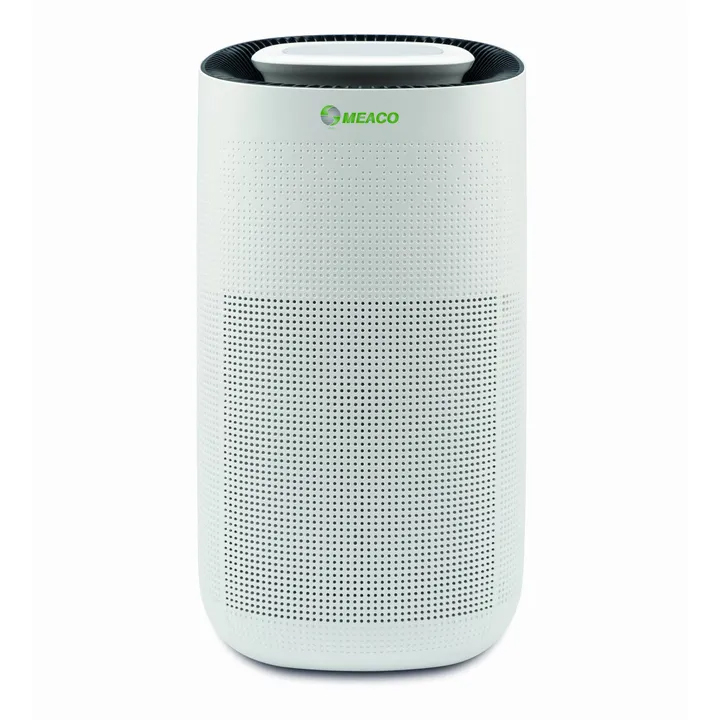
This best-selling air purifier has everything needed to make your home a place where you can breathe easier, including the ability to control it over WiFi and effective cleaning in rooms up to 30m² large.
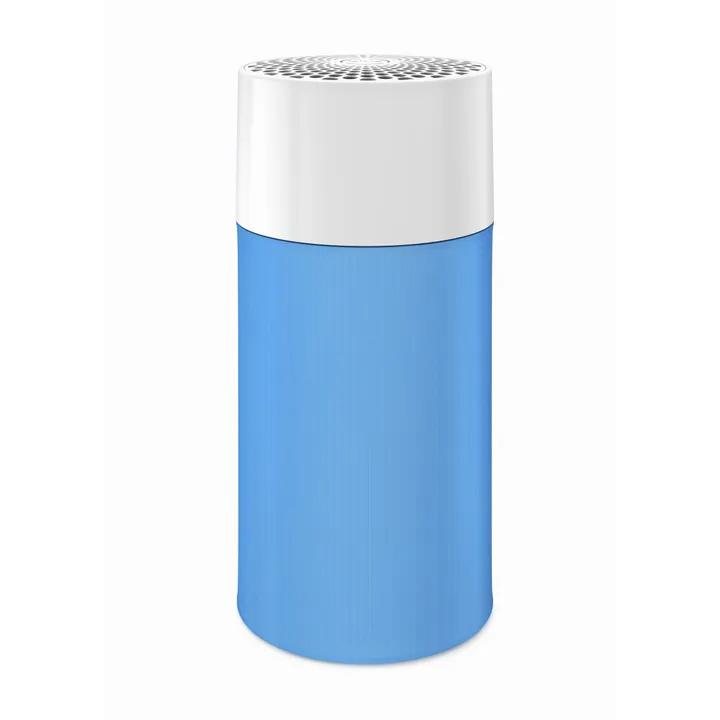
This great-value, single-room air purifier is good looking, compact, and has a three-layer filtration system to keep allergy sufferers from painful hay-fever seasons at home – ideal for dealing with dust and pet dander.

This Series 3000i is ideal if you have a dust mite allergy, or if it's a prevalent problem in your home, this low maintenance air purifier is perfect for keeping your issue at bay. You can schedule it to come on every day and it covers not one but two rooms, which is very efficient.
5. Make use of a doormat
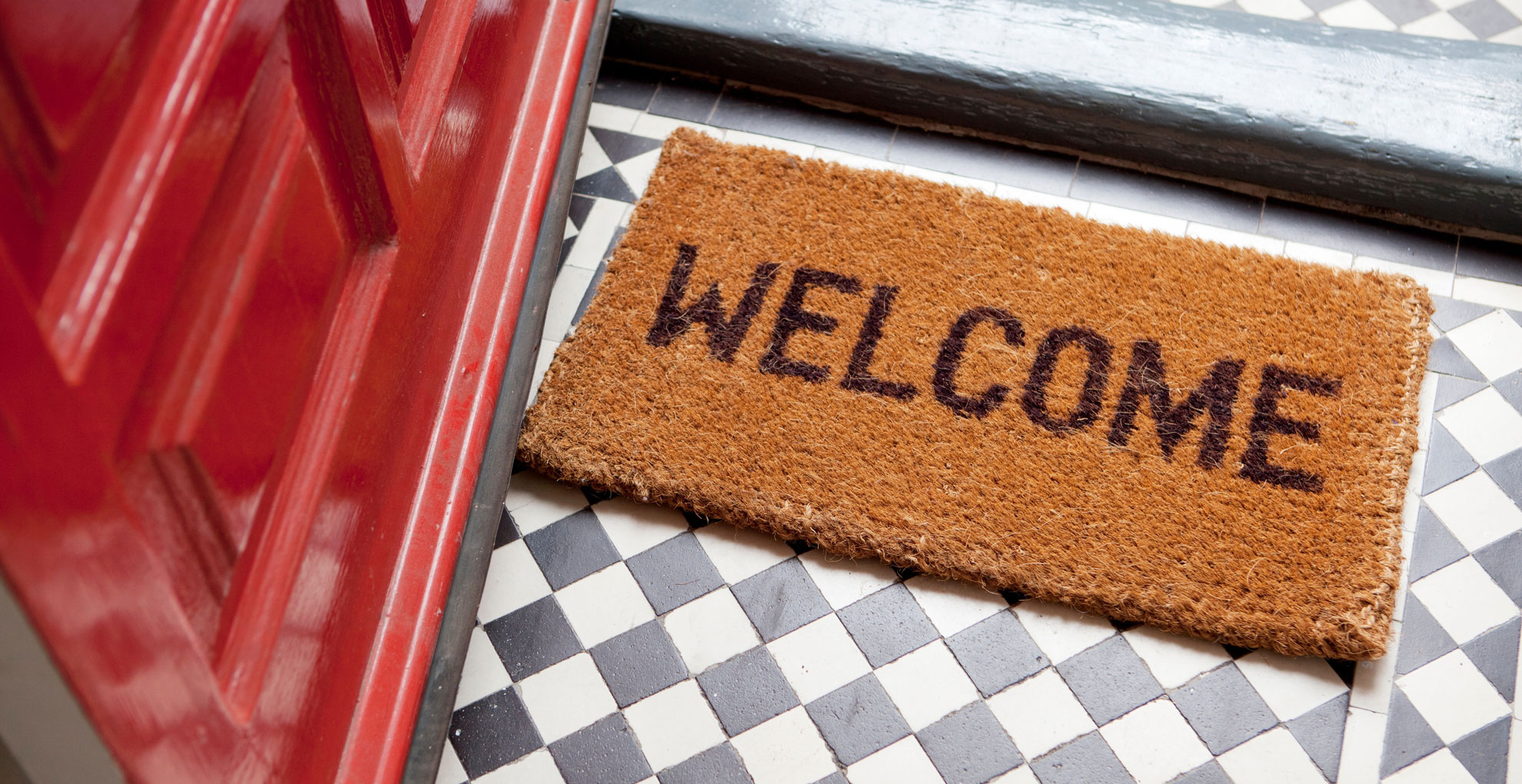
It seems simplistic, but keeping a doormat both outside and inside your door allows people to remove a lot of dirt from their shoes before they enter your home. Much of the dust and dirt that accumulates in our home comes from outside, so this is imperative to note when learning how to get rid of dust.
However, you'll need to make sure to clean those doormats regularly too, as they themselves can become a breeding ground for dust that can easily be tracked into the living space if you aren't on top of it. Shake them outside every week or so to remove the debris to prevent it from being trodden throughout your home.
6. Wash your bedding weekly
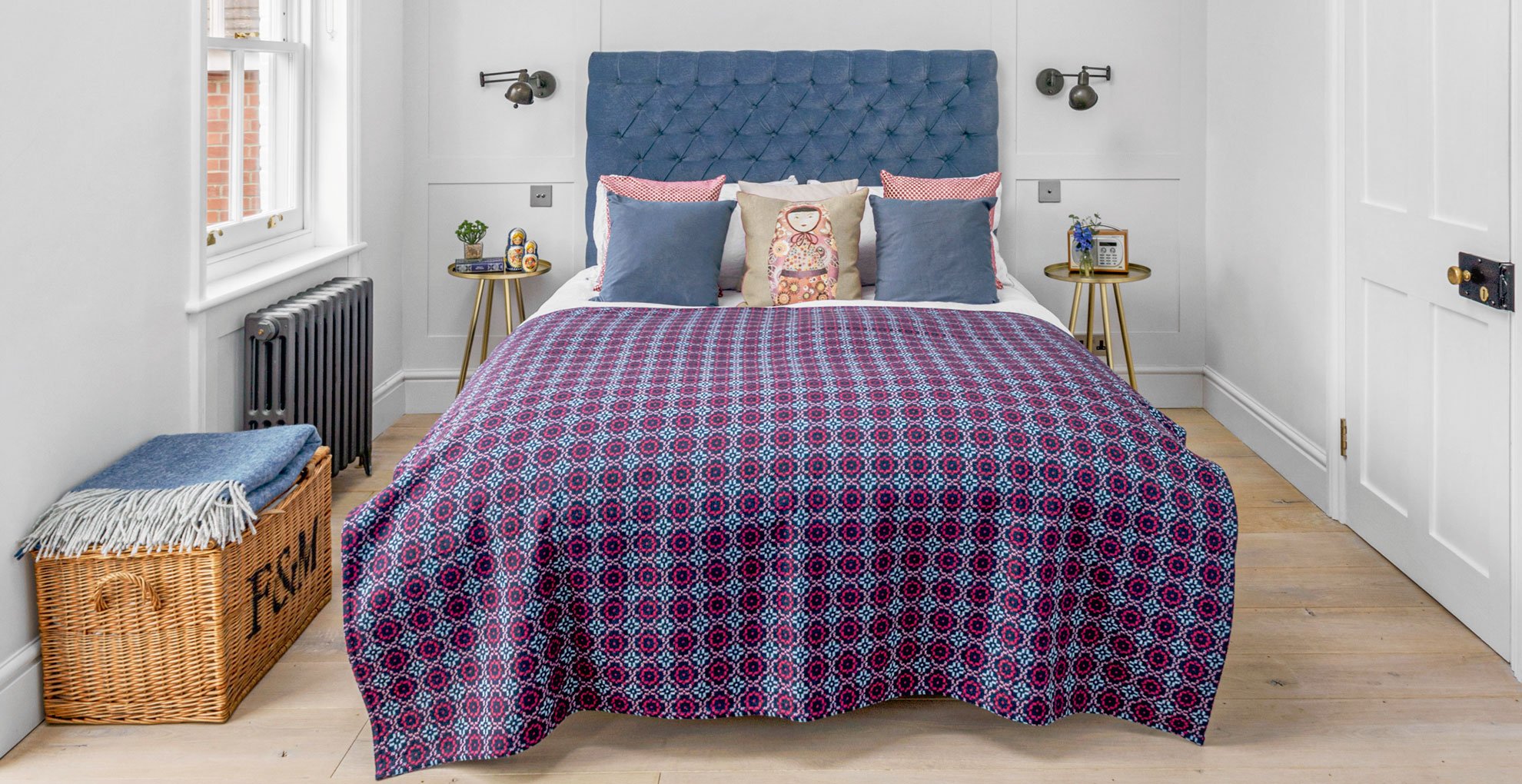
Staying on top of how often you should wash your sheets helps to avoid dust gathering – washing them weekly is advised by experts.
How often you wash a mattress protector is less frequent, but still, a good idea to ensure your mattress is kept in tip-top condition. Simply remove the mattress protector and wash it every two months, as advised by bedding experts.
And yes – even the best pillows should be washed about every three months, although you should make sure you know how to wash pillows properly and check the care instructions first since different pillow fillings require different approaches.
You should also vacuum your mattress every month, to get rid of any particles there.
7. Change the filters in your home
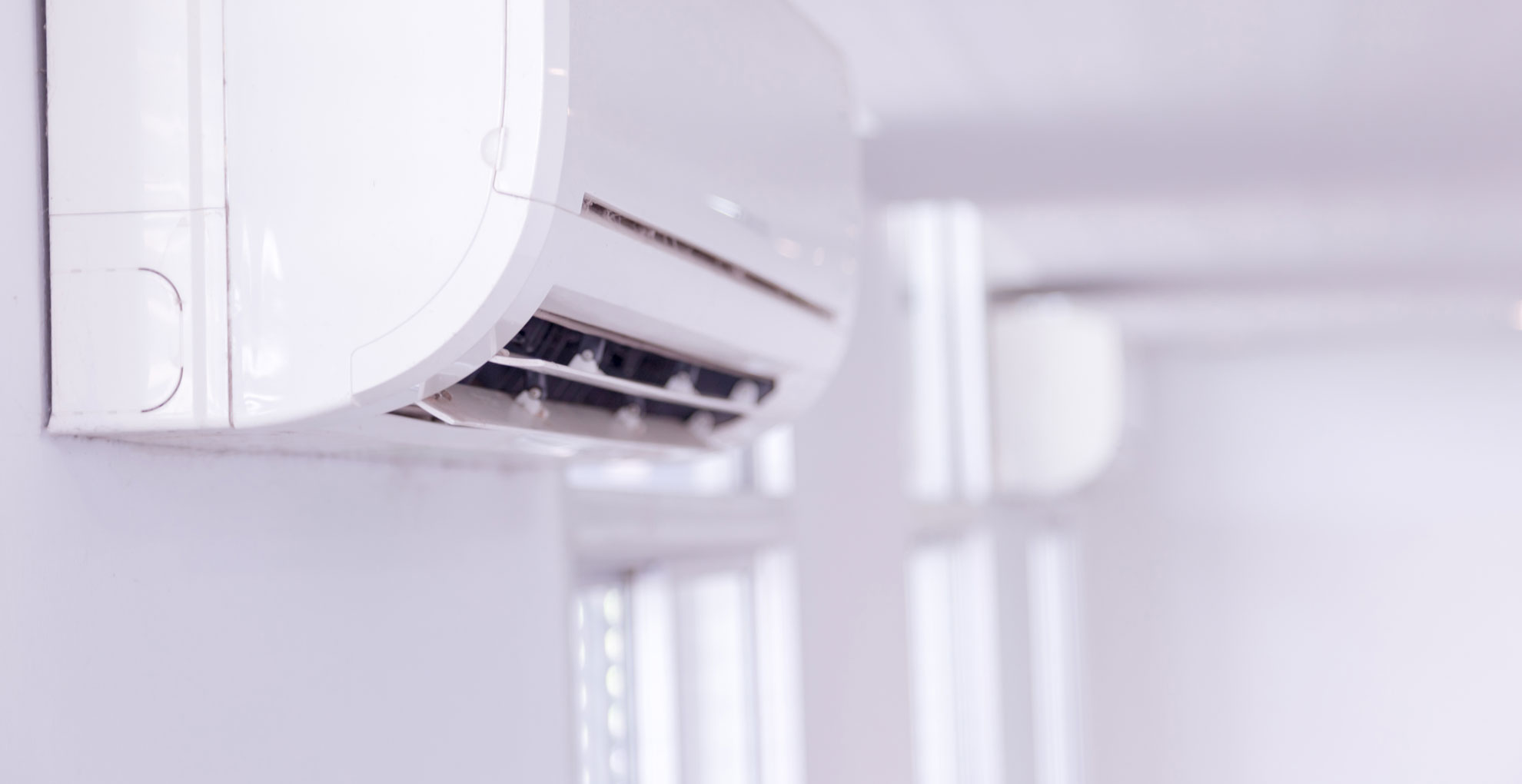
Filters in heating and air conditioning units collect dust and debris. Changing them regularly gets that dust collection out of your house, and it will help your furnace or air conditioner run more efficiently.
Filters should be changed about every three months, although some less expensive filters may require monthly changes while others will last for up to six months.
It is also worth cleaning the filter within your vacuum to ensure it's working at maximum efficiency for trapping dust particles. Consult your manufacturer's guide manual for how best to clean the filter on your machine, to avoid damaging it in the process. If you've noticed an unpleasant smell when vacuuming your rooms, it is definitely time to clean the filter in your vacuum cleaner too.
8. Don't forget to dust walls and radiators
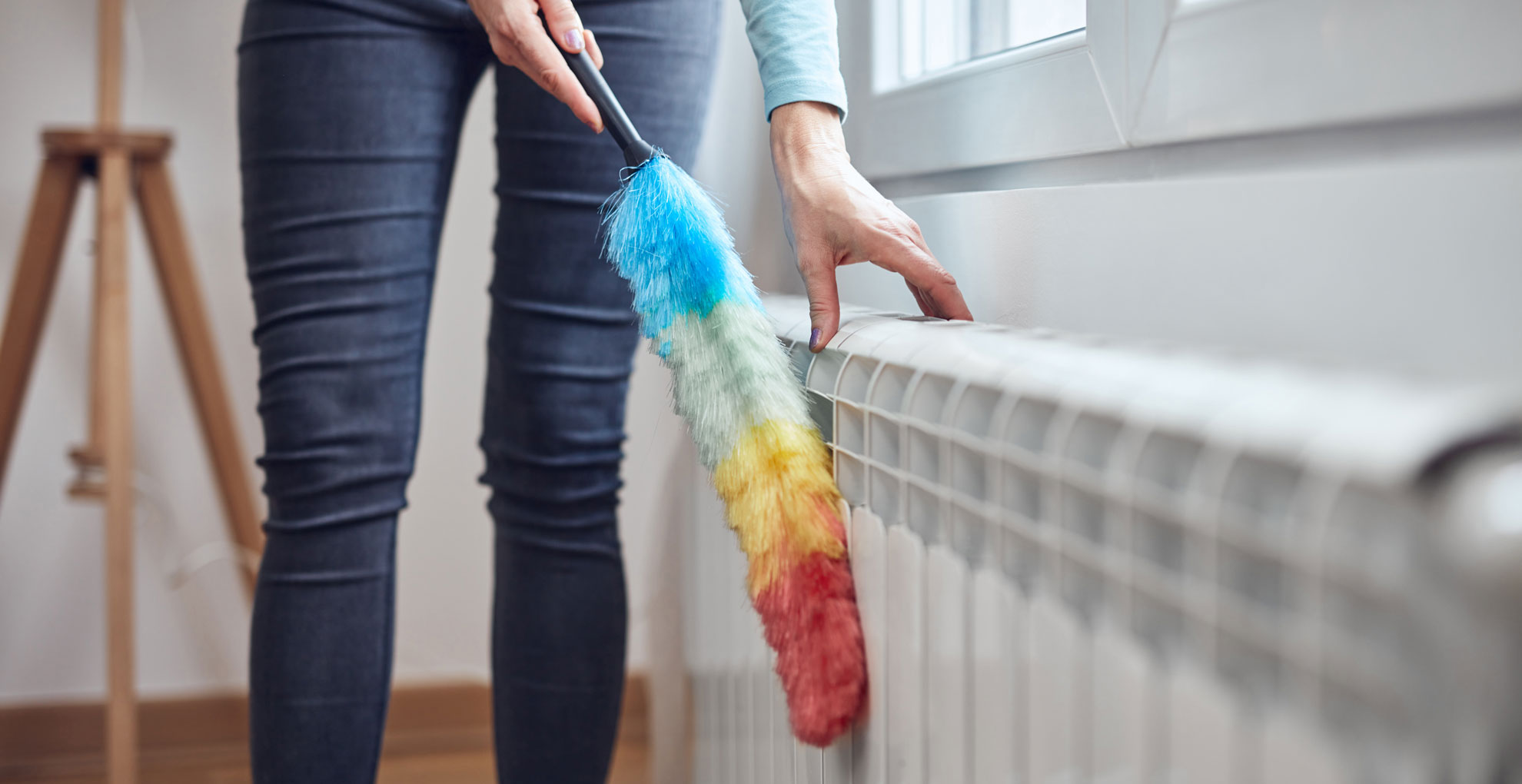
It's all too easy to forget that the walls of our homes can harbour dust and hidden dirt particles, it's therefore important to remember to clean walls when tending to household chores.
"Don't forget to incorporate dusting your walls into your cleaning routine," advises Mary Gagliardi, Clorox's in-house scientist, and cleaning expert. "A long-handled duster makes this easy, just make sure the duster is clean before you start." We recommend the Flatmate Long Flat Duster, £10.99 at Lakeland which is specially designed to clean radiators with ease.
Start at the top of the wall and work your way down, paying special attention to the areas around doorways where cobwebs form." Always include wall-mounted radiators and the walls behind them, as this can be a common trap for extreme dust build-up if left uncleaned.
Removing cobwebs will then in turn eradicate the more fearsome task of tackling how to get rid of spiders.
9. Ensure you leave your shoes at the door
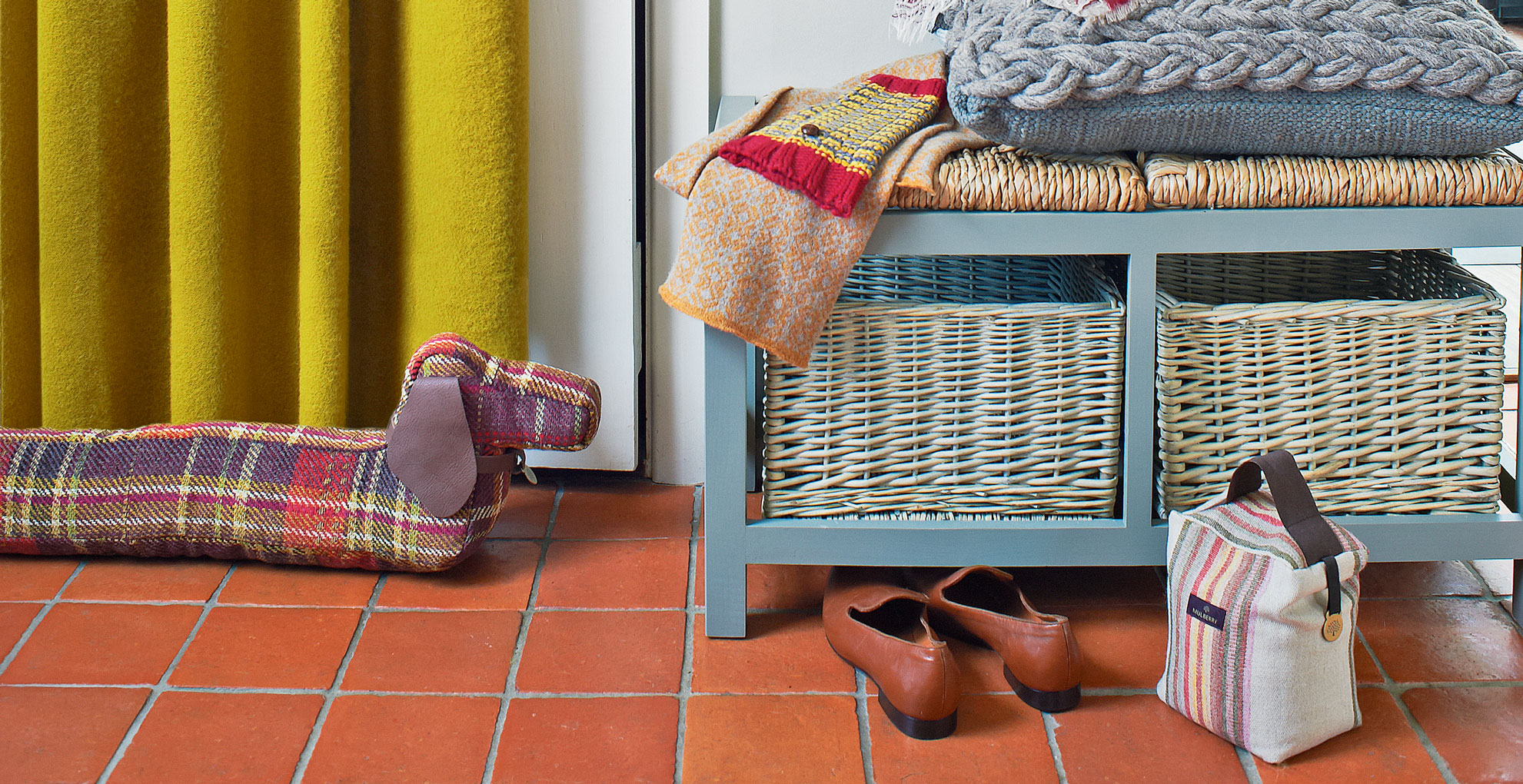
Instead of wearing your shoes throughout the house, make sure to take them off when you come home. This will help you avoid tracking that dirt that then ends up as dust through your home.
And to further reduce the dirt from your shoes entering your home, try to give your trainers, heels and boots a wipe down from time to time too. A simple antibacterial wipe or a dampened microfiber cloth can be used to wipe both the base and the side of your shoe, to get rid of dirt from the outside world.
10. Groom pets on a frequent basis

As explained earlier, we all love our four-legged friends, but fur, dead skin particles, and the dirt that sticks to your pet's fur and paws after being outside will often end up on your floors, furniture, and more.
In order to avoid all of this accumulating into dust, it's generally suggested that you bathe your dog once every six weeks. Of course, this varies by breed, and over-washing could lead to skin irritation and other issues for your pet. If you have cats ensure you regularly groom them to remove excess fur before it's in the air.
Talk to your vet or a professional dog groomer to learn more about an appropriate bathing or grooming schedule for your pet based on breed, activity level, and time spent outside.
How often should you dust and why is it important?
How often should you dust is paramount when undertaking household chores, along with how often you should vacuum because the two tasks work in tangent – ideally it's a good idea to dust highly used areas every week, at least.
When questioning how often you should clean areas of your house, consider how often the space is used. Low-traffic areas, such as guest bedrooms, and time-consuming dusting projects, such as blinds, baseboards, and ceiling fans, you should aim to dust every other week or once a month at the very least. You might also want to consider how to clean lampshades as they can accumulate a lot of hidden dust.
Why is it important to rid a home of dust? Dust comes from a huge range of sources including dead skin cells, food debris, fabric fibers, decomposed insects, particles from smoke, and more, including chemical residue from various household products and cleaners. Unfortunately, these substances can contribute to allergies and asthma as well as more serious chronic health conditions, depending upon the toxicity of your dust. So eliminating as much dust as possible is important for protecting and improving your health.
Amy Hunt is an experienced digital journalist specialising in homes, interiors and hobbies. She began her career working as the features assistant at woman&home magazine, before moving over to the digital side of the brand where she eventually became the Lifestyle Editor up until January 2022. Amy won the Digital Journalist of the Year award at the AOP Awards in 2019 for her work on womanandhome.com.
- Tamara KellyLifestyle Editor
